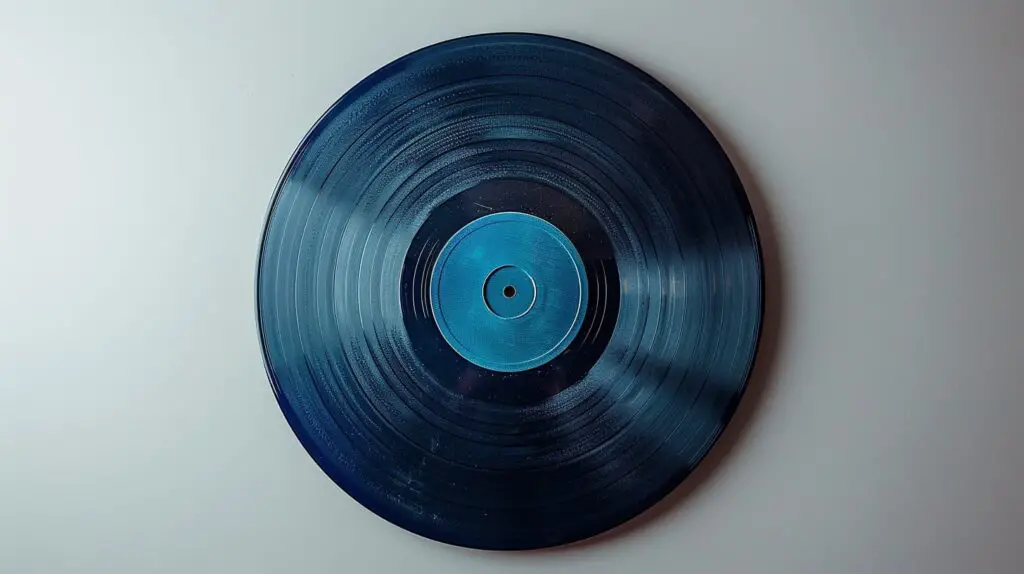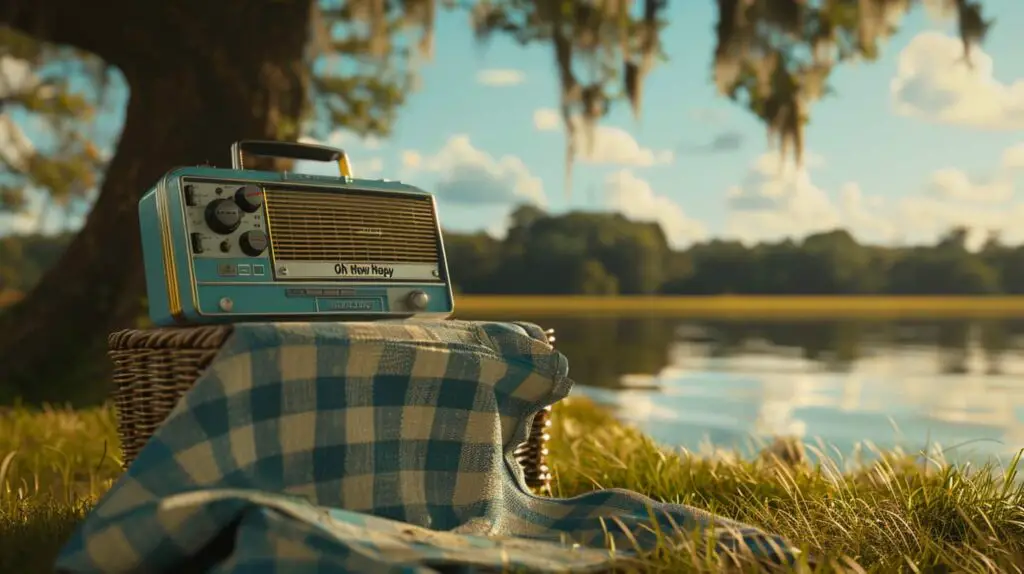I know a lot of stuff about Michigan. As a Realtor, I could tell you all about top Michigan destinations such as Torch Lake, or school you a lesson on Yooperlites even. However, one thing that has threw me over the course of this week was a song I kept hearing on TV that I didn’t know the name of. It was driving me crazy, honestly, because I wanted to know the name of it. We’ve all been there, having a song stuck in your head that you want to know who sings it.
That’s where my journey started this week, with a TV commercial and a song unknown to me that I wanted to know.
And boy, what a journey it was to learn the roots of it.
Michigan Humane Society 2024 Holiday Commercial
This past week I have seen this commercial come on TV (yes basic TV) for the Michigan Humane Society and there has been this just really feel-good Motown-themed song playing in the background.
Here is the actual commercial below (and hey maybe give a donation if you can – I have no affiliate relationship, it’s just a good thing to do):
I assumed this was Jackson 5 or maybe the Four Tops and I spent days trying to find the name of this song assuming it was a Motown legend that sang it. It’s a catchy tune, right?
Blown away by my research, I was stunned to know that the singers of this song were a bunch of white kids that all went to a Livonia, Michigan, High School (Bentley High School to be exact) who formed a band!
How ‘Oh How Happy’ Was Created
As I looked more into the story behind “Oh How Happy,” I’m struck by the intricate web of talent, creativity, and circumstance that came together to create this timeless classic.
Hailing from Livonia, Michigan, a suburb of Detroit, the original members – Nick Marinelli, Ernie Dernai, Linda Allen, and Bob Kerr – brought a unique sound to the table. The group started as “The Domingos” in high school, a humble beginning that would eventually lead to signing with the Golden World Label by 1965.
How Did ‘The Domingos’ Sign with a Major Record Label?
The answer to this question has to do with it pays who you know. Another popular Detroit band known as The Reflections, had a hand in taking The Domingos to the next level. Nick Marinelli went to school with Ray Steinberg’s sister of The Reflections. She said to Nick, “Hey you have to talk to my brother.” So, Ray Steinberg put them in touch with Golden World Label and thus that was the first step.
During this time, their name of the band changed.
It was sound engineer John Rhys who suggested their name change to “The Shades of Blue,” a moniker that would stick.
As part of the Golden World label’s roster, they were influenced by the likes of other notable artists, such as Popcorn Wylie for example, which would later shape their distinctive sound.
Their blue-eyed soul vocal group style, characterized by harmonies and catchy melodies, would go on to define their legacy.

Recording Hits at Golden World Studios
In the fall of 1965, Edwin Starr approached The Shades of Blue with an unfinished song, and that’s when the collaboration began. Edwin Starr heard the Shades of Blue practicing and worked for several months with them to create the Oh How Happy masterpiece.
At Golden World recording studio, the background vocals and demos were laid down, setting the foundation for the hit single. John Rhys, the producer, brought his expertise to the table, while Harry Balk, who signed The Shades of Blue to Impact Records, provided the necessary support.
Nick Marinelli, a member of the group, played a significant role in finalizing the chorus and wording. The result was a soulful masterpiece that resonated with listeners locally and nationally.
It reached No. 1 on local charts, No. 12 on the national pop charts, and No. 7 on the R&B charts. The song’s timelessness was cemented by its multiple appearances on the Billboard Hot 100 over the years. The song’s association with the Northern Soul movement highlights its enduring influence on the music scene.
Their collaboration with Edwin Starr, who wrote several of their songs, further solidified their connection to the Detroit soul music scene.
Thus, this song was created.
The success of the song almost 60 years later is a reflection of their enduring impact that their story continues to captivate audiences today just as I have been captivated. The group’s initial success was marked by their signing with Golden World in 1965, which would be a crucial step in their journey to stardom.
Shades of Blue: Legacy Lives
The group spent a good number of years touring and performing many of their hits including ‘Oh How Happy’ on many what would be called late night shows of the 60’s.
One of those shows was called ‘The Swingin’ Time Show’ is featured here below.
While doing research about this local area legacy I came across all kinds of great stories and pieces of information.
Nick Marinelli’s granddaughter wrote a beautiful piece about her grandfather that I have included here that also talks about the legacy of the group in a more personal way.
What’s fascinating about the legacy, is we think about the music industry today, almost 60 years later, and its vastly different in every single regard. The internet would not birth for another decade and a half.
Analog Music Success in 1967
In 1967, the music industry was a dramatically different landscape compared to today’s digital ecosystem, yet the Shades of Blue navigated their path to success through a combination of raw talent, local connections, and the unique musical infrastructure of the era.
Back then, recording was an intricate, expensive process that required significant financial investment. Studios were professional, technical environments with massive analog recording equipment, multi-track tape machines, and sound engineers who were more like scientific technicians than creative collaborators.
Musicians like the Shades of Blue didn’t have the luxury of home recording setups or digital editing tools. Every note, every take had to be precise, as studio time was costly and editing was a complex, manual process involving physically cutting and splicing magnetic tape.
So, you had to be good.

Radio was the primary mechanism for music discovery. Local radio stations, particularly in Detroit, held immense power in determining which songs would become hits. Unlike today’s algorithm-driven streaming platforms, music promotion relied heavily on personal relationships, live performances, and the curated taste of local DJs who could make or break a band’s success. The Shades of Blue benefited from this localized ecosystem, where personal connections and live performances could translate directly into airplay and recognition.
Record labels acted as comprehensive gatekeepers, controlling everything from recording to distribution. They invested significant resources in artist development, providing marketing, touring support, and professional guidance. A band like the Shades of Blue would have been nurtured through this system, with label executives personally invested in their success.
Today’s music industry is characterized by unprecedented accessibility. Digital recording technology allows musicians to produce studio-quality tracks from home laptops. Streaming platforms like Spotify and Apple Music provide global distribution with a few clicks. Social media enables direct artist-fan connections that were unimaginable in 1967. Musicians can now build careers without traditional label support, using platforms like YouTube, TikTok, and Instagram to gain visibility.
However, this accessibility comes with its own challenges. The music market is incredibly saturated, making it difficult for individual artists to stand out.
The Shades of Blue’s success in 1967 was a testament to their musical authenticity, local Detroit connections, and the collaborative nature of the music industry at that time.
- Their hit “Oh How Happy” emerged from a world of personal relationships, live performances, and genuine musical craftsmanship—qualities that remain valuable even in today’s digital landscape.
While the mechanics of creating and distributing music have transformed dramatically, the fundamental elements that made the Shades of Blue special—genuine emotion, musical talent, and a connection with their audience—remain timeless.
Shades of Blue: Later Developments and Remembrance
As the original Shades of Blue disbanded in 1970, the group’s members went their separate ways, leaving behind a legacy that would be remembered for years to come.
While the original members didn’t quite recapture their initial success, they did attempt to revive the group’s spirit in various ways.
- Nick Marinelli joined the Valadiers and later toured as the Shades of Blue with a new lineup.
- A 1977 studio session with original members resulted in four new tracks, but didn’t lead to a significant revival.
- The group’s inability to adapt to changing musical trends in the late 1960s contributed to their decline.
- Later lineup changes, including the addition of Charles Davis, allowed the group to continue touring under the Shades of Blue name.
The group’s music was heavily influenced by doo-wop groups, a style that shaped their early performances at local venues.
Despite the challenges, the Shades of Blue’s legacy lives on, a tribute to their unique sound and contributions to the 1960s music scene.
But Why This Song? Why is ‘Oh How Happy’ Relevant Still Today?
This can be answered by looking at the meaning of the song and what was happening in the world.
You had the civil rights movement, Vietnam War, a cultural revolution, and a space race with Soviet Union and United States as well.
Global and U.S. Context in the Mid-1960s
Civil Rights Movement
- The United States was at the height of the Civil Rights Movement. Key events such as the passage of the Civil Rights Act of 1964 and the Voting Rights Act of 1965 were transforming the fight for racial equality.
- Motown and soul music played a vital role in unifying audiences across racial lines, symbolizing hope and progress.
Vietnam War
- The Vietnam War was escalating, with U.S. troop involvement increasing significantly. By 1966, over 300,000 American soldiers were stationed in Vietnam, and public opposition to the war was growing.
- Music served as both an escape and a form of protest, with many songs addressing themes of peace, love, and unity.
Cultural Revolution
- The counterculture movement was gaining momentum, with young people advocating for peace, love, and social change. The era was marked by the emergence of the hippie movement and a focus on love as a central theme in popular culture.
- Songs celebrating love and happiness resonated with audiences looking for positivity amidst global tensions.
Space Race
- The United States and the Soviet Union were engaged in the Cold War-era Space Race. By 1966, NASA was making strides with successful Gemini missions, leading up to the Apollo moon landing in 1969.
- The optimism of technological progress paralleled the hopeful messages in many songs of the time.
Why “Oh How Happy” Stood Out and Still Stands Out Today
The song’s simple, joyful celebration of love was a stark contrast to the turmoil of the era noted above. Its uplifting message offered a sense of hope and unity.
Both Marinelli (a white artist) and Starr (a black artist) penning the song together during a time of racial and social upheaval was a reminder of the enduring power of love and happiness, even in challenging times. In a world grappling with war, civil rights struggles, and cultural shifts, “Oh How Happy” provided a much-needed moment of joy and lightheartedness, making it a timeless classic.
The same holds true today with our challenges we face in the world. There are wars, cultural differences, social injustice, and political polarization is rampant. History does repeats.
Yet, even with all of that, the song originally vinyl spun at 45 RPM, found its way almost 60 years later into holiday commercials of our time complete with QR codes even!
I am so glad the Michigan Humaine Society used this song in their commercial. I had NO IDEA of the local history of it and the ties to Michigan during hard days in the 60’s.
The song “Oh How Happy” is a song of love, joy, and hope. The idea of love, it will carry you through anything. In times today, we should all be singing it.
Want to learn more secrets about Michigan? Join our FB group!





